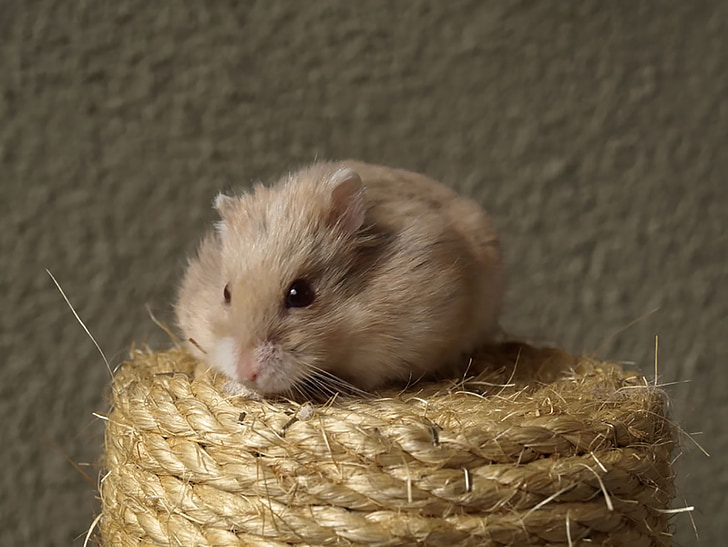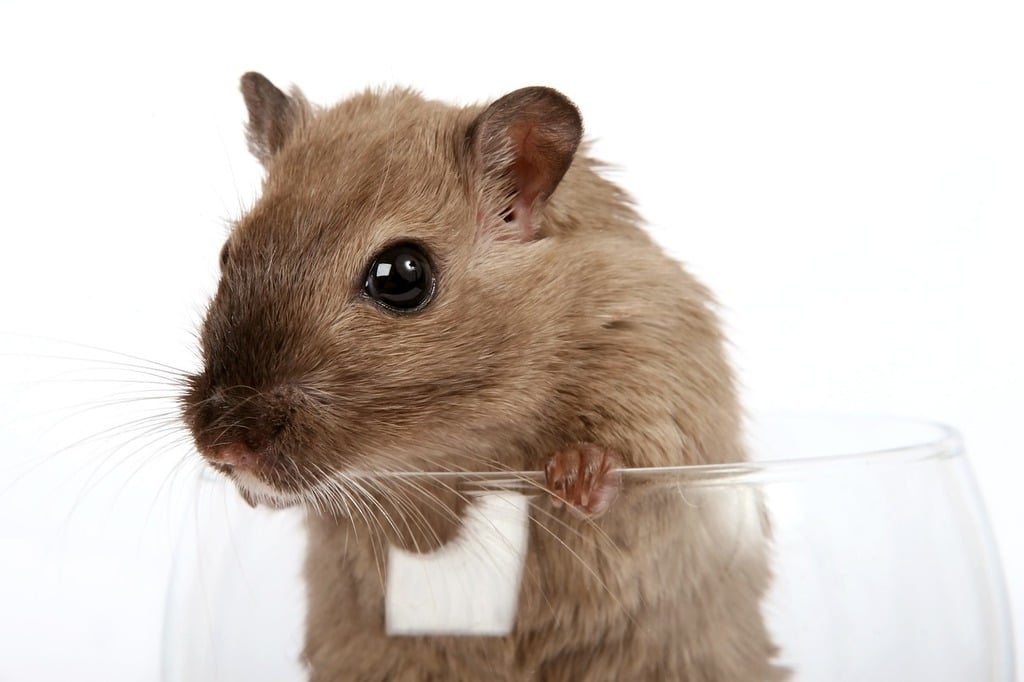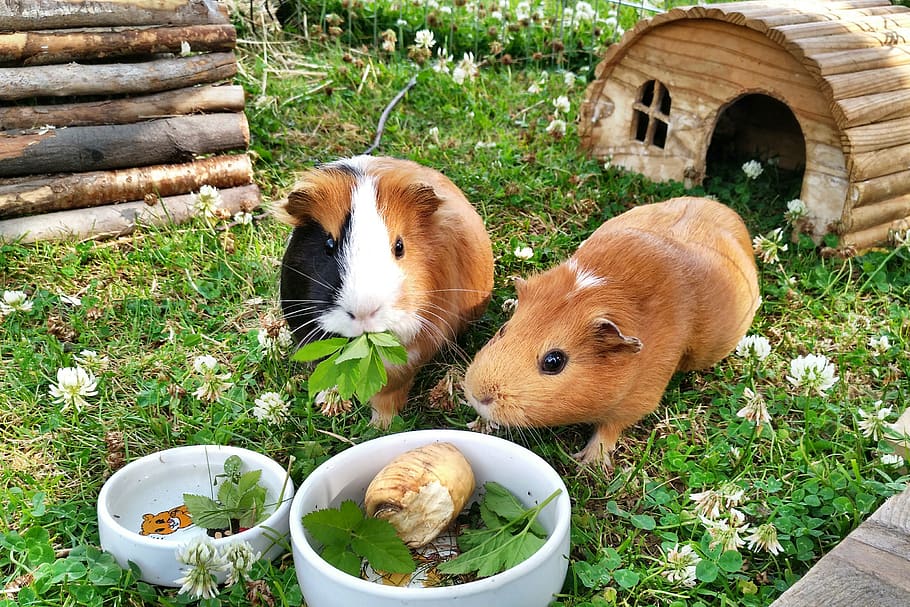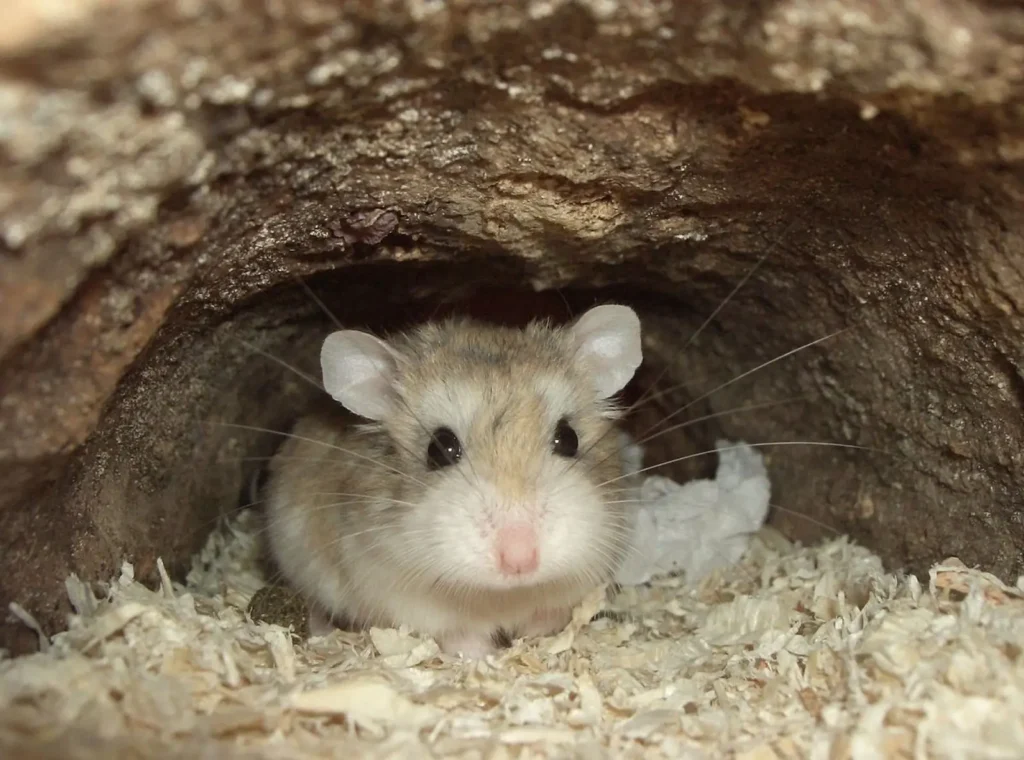Small, playful hamsters bring joy to our lives with their sweet nature and fun activities. But the most important thing for the happiness of these little creatures is to create the right environment for them. A good cage setup not only ensures their safety, but is also essential for their physical and mental well-being. We will discuss in detail what kind of cage setup would be best for hamsters in 2025.

Why is proper cage setup important?
Hamsters are naturally active animals. They need plenty of space to run, dig holes, and roam around in search of food. A small or inappropriate cage can cause stress in them, which can change their behavior and make them sick. The right setup helps them express their natural behaviors, such as:
- Physical activity: Running, climbing stairs, and going through tunnels keep their muscles strong.
- Mental stimulation: Finding hidden food and creating new tunnels increases their brain activity.
- Safety and comfort: A safe and comfortable environment makes them confident and reduces stress.
Cage Types: Which is Best for Your Hamster?
There are many different types of cages available for hamsters, but a few specific types are the most popular and effective:
- Wire Cages
- Advantages:
- Ventilation: Wire cages have excellent ventilation, which helps reduce ammonia gas concentrations and maintain good respiratory health in hamsters.
- Easy to clean: Relatively easy to clean.
- Accessory attachment: Various toys, wheels, and other accessories can be easily attached to the wire.
- Disadvantages:
- Bedding falling out:
- Advantages:
When hamsters dig holes, bedding material can fall out through the wire gaps.
- Risk of Foot Injury: Some hamsters, especially dwarf hamsters, can injure their feet on wire floors. Therefore, if you have a wire floor, you should use a plastic or wooden platform on top of it.
- Escape Risk: Dwarf hamsters can escape through small gaps in the wire.
- Aquariums or Glass Tanks:
- Advantages:
- Bedding retention:
- Advantages:
Aquarium bedding is excellent for retaining material, which encourages hamsters to dig deeper.
- Clear view: Hamsters' activities are very visible.
- Low risk of escape: There is no possibility of escape due to the glass walls.
- Disadvantages:
- Ventilation: Ventilation may be less than in wire cages, so the top should be covered with a mesh lid and needs to be cleaned regularly.
- Heavy: Can be quite heavy to move or clean.
- Accessory Attachment: May require a hanging system to attach accessories, as it is not as easy as wire.- Modular Cages or Tube Systems:
- Advantages:
- Customization:
- Advantages:
These cages can be customized using different parts and tubes, creating a complex and stimulating environment for hamsters.
- Expansion of space: The cage can be expanded by adding new parts as needed.
- Disadvantages:
- Difficult to clean: Cleaning the tubes and small parts can be quite time-consuming and difficult.
- Ventilation: Tubes may have poor ventilation, which can create an unhealthy environment.
- Safety: 
Some tubes may be too narrow for small hamsters and pose a risk of suffocation.
Essentials for a Happy Hamster:
A standard hamster cage must have some essentials:
- Exercise Wheel: A properly sized wheel is essential for hamsters. It gives them plenty of room to run, which is important for their physical well-being.
- Syrian hamsters: 8-12 inch diameter wheel.
- Dwarf Hamsters: 6.5-8 inch diameter wheel.
The wheel should have a hard surface, wire wheels can hurt their feet.
- Deep Bedding: Hamsters naturally love to burrow. Therefore, the cage should be provided with bedding that is at least 6-10 inches deep. This helps them express their natural behavior and reduces stress. Use safe bedding made of wood, paper, or aspen shavings. Avoid cedar or pine shavings as they can be toxic to hamsters.
- Food Bowl and Water Bottle:
- Food Bowl:
- Water Bottle:
It’s best to use a hanging water bottle, which keeps the water clean and prevents spills. Change the water regularly.
- Hiding Spots/Houses:
Hamsters are predators, so they need safe places to hide. Small clay or plastic houses, wooden hiding places, or cardboard boxes can be their hiding places. Every hamster should have at least one hiding place.
Chew Toys:
Hamsters’ teeth are constantly growing. Chew toys are essential to prevent tooth decay. Toys made of wood, mineral stones, or hard biscuits can be used.
Sand Bath:
Sand baths, especially for dwarf hamsters, help keep their fur clean. Place a small bowl of chinchilla sand in the cage. This will absorb excess oil from their fur. Never use sand or bird sand, as they contain powder that is harmful to hamsters’ respiratory system.
Best Cage Setup Tips of 2025:
- Minimum Size:
The minimum cage size for a Syrian hamster should be 450 square inches (i.e., 30×15 inches), but 600 square inches or more is better. For dwarf hamsters, 300 square inches (i.e., 20×15 inches) is the minimum.
- Cleanliness:
Clean the cage regularly. Clean the food and water bowls daily. Partially change the bedding once a week and do a full clean once a month.
- Temperature: Place the cage in a place where the temperature is constant (18-25 degrees Celsius) and away from direct sunlight or drafts.
- Safety:
Make sure the cage door and accessories are securely closed so that the hamster cannot escape.
Creative Hamster Cage Ideas:
- Ikea Pax Cage with a DIY Lid: A highly recommended option with a considerable size of 2,100 square inches.
- Hamster Bin Cage:
A 50-gallon plastic cage with excellent airflow and customization options.
- DIY Pawhut Cage:
A large enclosure made from wood and glass panels, perfect for adding enrichment ideas.
- Forest Themed Setup:
Recreate a natural forest environment with moss, exotic coconut, and other safe elements.

- Glass Aquarium Tank:
A stylish and escape-proof option with deep bedding for digging.
Popular Hamster Cage Options:
- Favola Hamster Cage:
A top-rated cage with excellent ventilation and a sturdy design.
- Midwest Critterville Arcade Hamster Cage: A budget-friendly option with good reviews for dwarf hamsters.
- Aivituvin Upgraded 3 Tier Hamster Cage: A multi-level cage with plenty of space for exploration.
- Niteangel Vista Hamster Cage: A premium cage with a unique design and excellent ventilation.
- Ferplast Hamsterville Hamster Habitat Cage: An eco-friendly option made from sustainable wood to ensure your hamster lives a happy and healthy life, consider the following tips when setting up their cage:
- Minimum Size:
For Syrian hamsters, the minimum cage size should be 450 square inches (approximately 30×15 inches), but 600 square inches or more is recommended. For dwarf hamsters, 300 square inches (approximately 20×15 inches) is the minimum.
- Cleanliness:
Regular cleaning is crucial. Clean food and water bowls daily, partially change bedding once a week, and perform a full clean once a month.
- Temperature:
Place the cage in an area with a consistent temperature between 18-25 degrees Celsius, away from direct sunlight and drafts.
- Safety: Ensure the cage door and accessories are securely closed to prevent escape.
Popular Hamster Cage Options
Here are some top-rated hamster cage options :
- Best Overall:
Favola Hamster Cage, rated 4.2 out of 5 stars on Amazon, praised for ease of assembly, cleaning, and providing ample space for hamsters to move around.
- Best Budget: Midwest Critterville Arcade Hamster Cage, rated 4.2 out of 5 stars, ideal for dwarf hamsters and mice, with a modular design for added play space.
- Best Multi-Level:
Aivituvin Upgraded 3 Tier Hamster Cage, rated 3.3 out of 5 stars, offering customization options and ample space, but some users reported issues with wood quality.
- Best Premium:
Niteangel Vista Hamster Cage, rated 4.7 out of 5 stars, praised for its spacious interior, excellent ventilation, and stylish design.
Creative Hamster Cage Ideas
Some creative hamster cage ideas include :
- Ikea Pax Cage with a DIY Lid:
A highly recommended option with a considerable size of 2,100 square inches, providing ample space for hamsters to explore.
- Hamster Bin Cage:
A 50-gallon plastic cage with excellent airflow and customization options, perfect for hamster owners who want to create a unique environment.
- DIY Pawhut Cage:
A large enclosure made from wood and glass panels, ideal for adding enrichment ideas and providing a natural environment for hamsters.

Conclusion:
Creating a suitable and stimulating environment for hamsters is essential for their happiness and health. By considering factors such as cage size, cleanliness, temperature, and safety, you can ensure your hamster lives a fulfilling life. With various cage options available, from wire and plastic cages to glass aquariums and bin cages, you can choose the best fit for your pet’s needs and your personal preferences. By incorporating creative ideas and essential elements, you’ll be well on your way to crafting a hamster paradise.

2 thoughts on “Do You Know the Best Cage Setups for Happy Hamsters in 2025 ?”